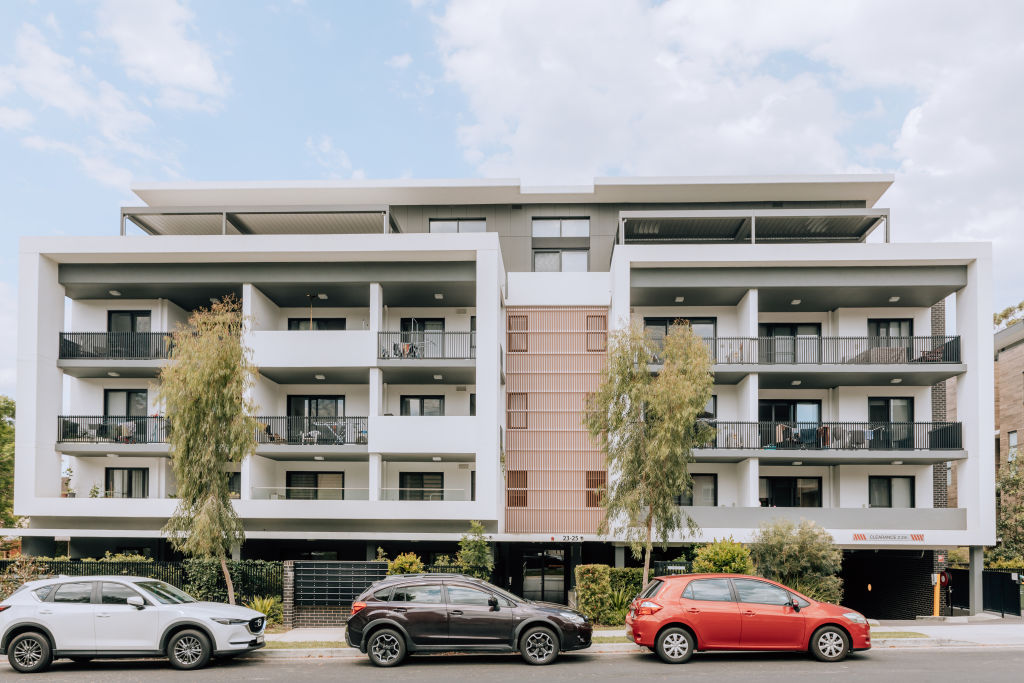
Why ‘build-to-rent’ is becoming a critical part of the property market
SPONSORED CONTENT
The unmet demand for rental accommodation is hastening the adoption of the build-to-rent model in Australia.
Already proven as a successful housing trend in the US – where Forbes magazine recently forecast investors would put $40 billion into build-to-rent developments in the next 18 months – build-to-rent has been steadily gaining a toehold with projects in Melbourne and Sydney.
Now, with the release of a significant site in Canberra, the ACT government has committed to the model by offering its first build-to-rent project for sale through its Suburban Land Agency.
“Canberra offers a great investment opportunity for build-to-rent,” says Jessica Hillcrest, the Suburban Land Agency’s program manager for Housing Choice.
“The ACT government has been exploring build-to-rent as an option to provide additional housing choice in Canberra and is identifying future sites as well.”
Differing from the traditional build-to-sell approach dominating the Australian property landscape, build-to-rent is championed as a housing solution that provides a steady income for investors and helps renters with much longer, multi-year leases and better conditions.
As Hillcrest explains, build-to-rent projects are typically large-scale residential developments, where all properties are owned and managed by a single entity to be rented out over mid- to long-term periods.
“The building is designed for renters rather than selling off unit by unit,” she says. “For investors, which could be a consortium of different companies. It generates steady long-term income while renters benefit from more attention being paid to the longevity of materials and quality of community spaces.”
The release to tender of the 7070-square-metre block in the centrally located suburb of Turner represents a chance for investors to back a stable, long-term community of renters across at least 270 units.
A minimum of 15 per cent of those units will be reserved as “affordable rentals”, offered for rent to eligible people at less than 75 per cent of market rent.
According to the latest census data, about one-third of Canberra’s population are renters, and Domain data puts the capital’s rental vacancy rate at 1.1 per cent.
According to the latest Domain House Price Report (June 2022), Canberra remains the second most expensive capital city in which to buy a house, after Sydney, and became – for the first time since 2012 – the second most expensive capital city in which to buy a unit.
And, according to the latest Domain Rent Report, released in mid-October, the median rent for houses in Canberra stands at $680 a week, while units remain at $550 a week.
Despite a slight quarterly decline in house rents, Canberra still stands as the most expensive capital city in which to rent and ranks equal with Sydney for units.
Nick Boyd, Belle Property’s head of network growth, predicts the build-to-rent model will become a mainstream solution to the housing shortage.
“The model needs to be understood in terms of the sustainability of the product, so you have an emphasis on making the homes desirable for the renter demographic, with more hard-wearing materials to mitigate ongoing wear and tear and communal spaces to create a real sense of community,” he says.
“A quality product creates a new demographic of long-term tenants who are in place for five, 10, 15 or even 20 years.”
The longer leases, which are at the discretion of the developer but tend to be at least several years, also mean tenants have the ability to make their space feel like home, free to hang picture frames, repaint and do cosmetic alterations without seeking permission from the landlord first.
“I’m excited about the build-to-rent model,” Boyd says.
“I think it’s something we should look at seriously because if we’re only looking at levers like removing stamp duty it is likely to put more heat in the housing market. We have to be thinking more holistically at different angles to help people find a home, full stop.”
This article was created in partnership with Suburban Land Agency.










